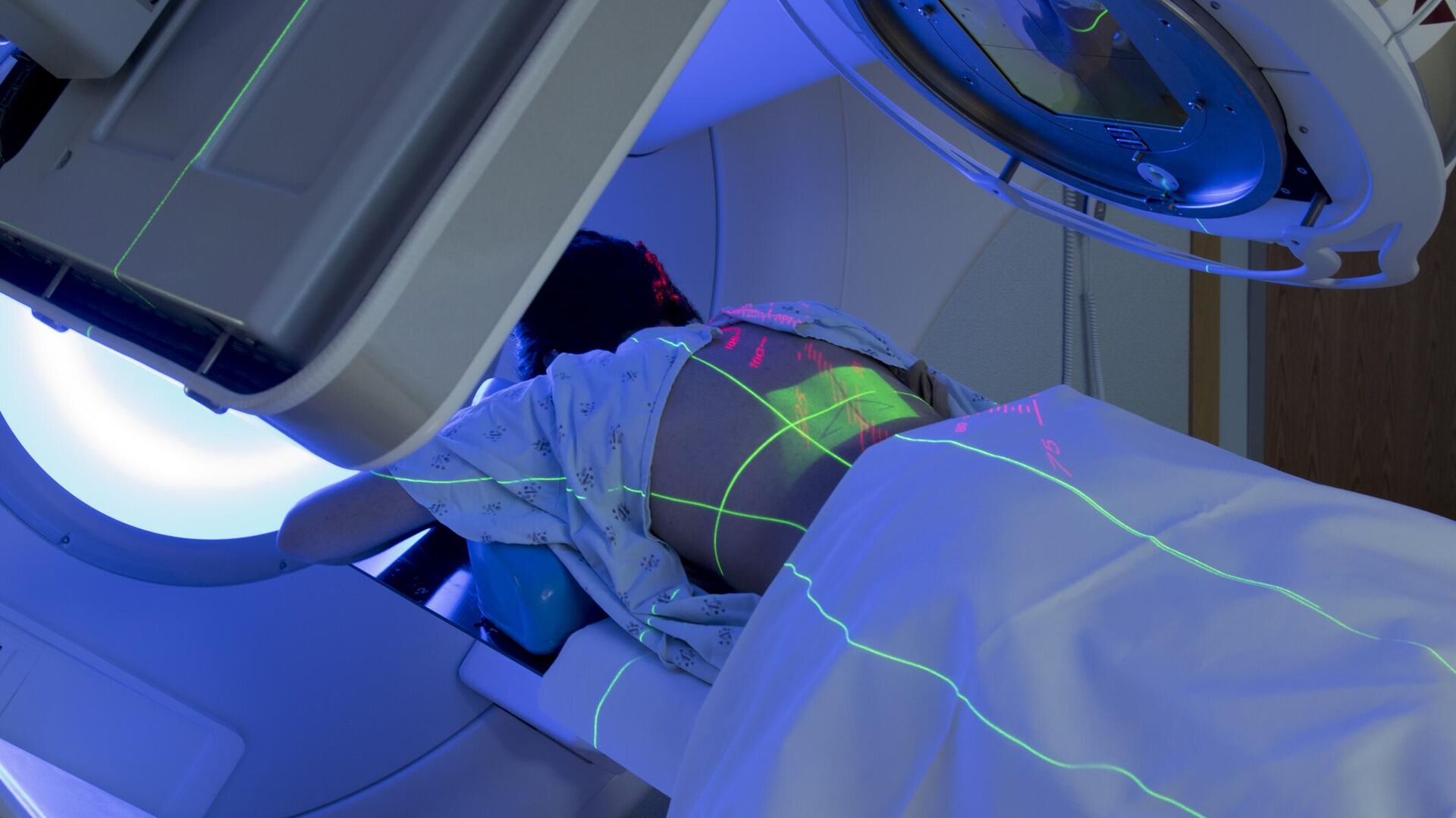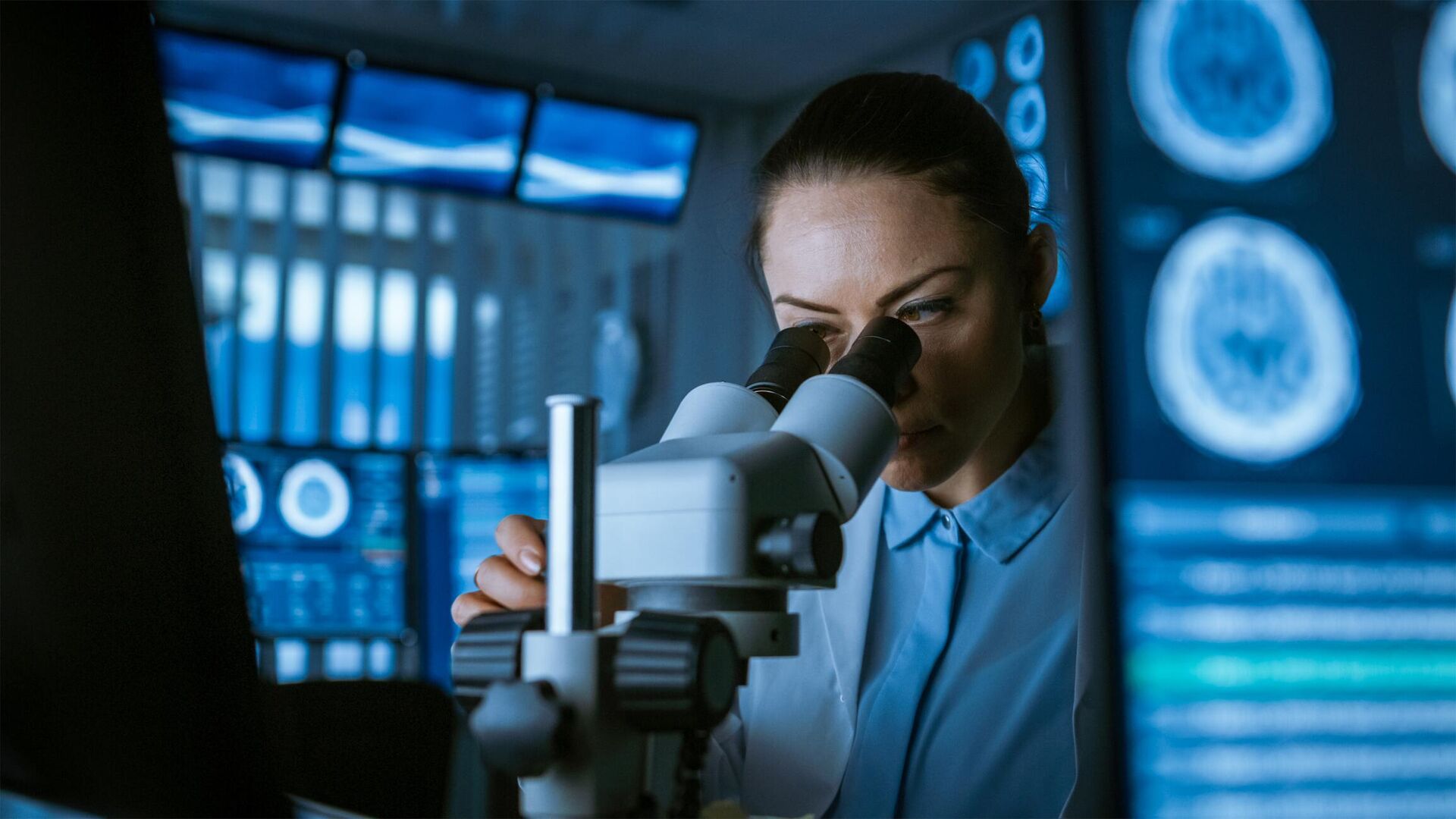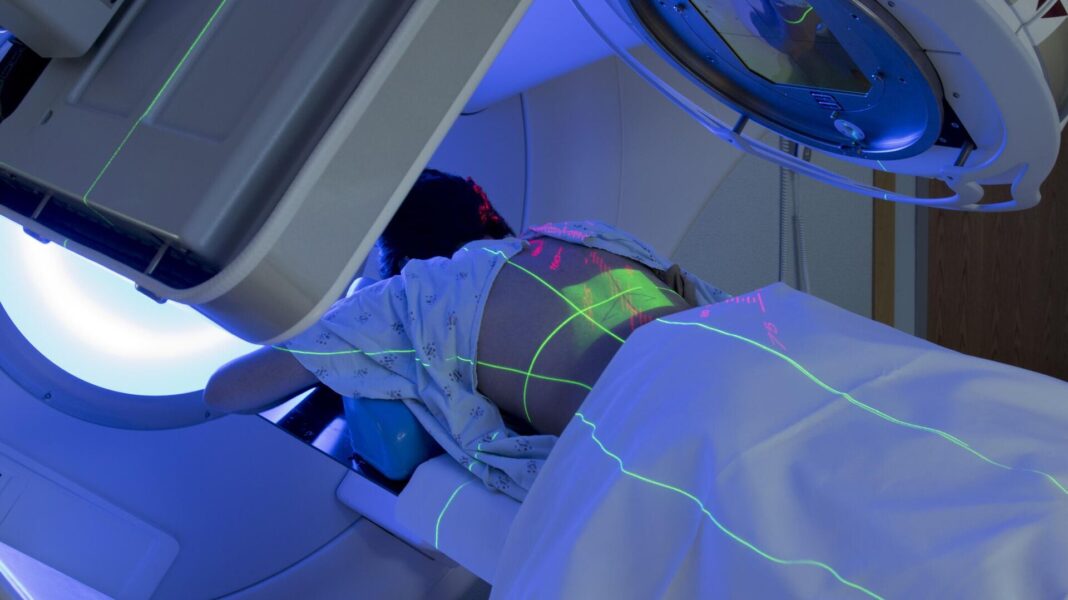
MOSCOW, May 22A computer program that, using artificial intelligence, helps to detect the presence of metastases in the bones of cancer patients, is being developed by scientists from the State Medical University named after. IN AND. Razumovsky. In their opinion, the development will significantly improve the accuracy and speed of diagnosis and will help doctors quickly and efficiently select a treatment method, the university press service reported.
Any malignant tumor can metastasize: this means that malignant cells spread from it to other organs and systems of the human body, said scientists from Saratov State Medical University (SSMU). IN AND. Razumovsky. Metastases in bone tissue are called secondary tumor foci; they can manifest as increasing pain, non-traumatic fractures due to pathological bone remodeling and other signs.
According to the developers, metastatic bone damage among solid tumors is most often observed in breast cancer (BC) — 70%, in prostate cancer (PC) — 85%, in lung cancer (40%) and in kidney cancer (40%), and osteodestructive process is also common in multiple myeloma (up to 95%). Bone metastases most often occur in the spine, hips, ribs, sternum, and skull. They often lead to pain and pathological fractures.
«
“The relevance of identifying bone metastases at an early diagnostic stage is extremely high. Numerous publications in the domestic and foreign literature provide data on radiation diagnostics at later stages, which leads to the development of severe neurological complications and disability of patients,” said the director of the scientific and educational center for clinical and biomedical research of the SSMU. IN AND. Razumovsky Tatiana Kalyuta.
To detect a malignant tumor and its metastases in the bones, modern doctors use a radiation diagnostic method such as bone scintigraphy. The patient is injected with a radioactive substance that accumulates in the bone tissue. Pictures of the skeleton are taken after a few hours, and the places where the substance accumulates “glow” on them. Although the sensitivity of this method is 96-97%, its specificity is low, which can lead to false positive results.
University specialists proposed to increase the diagnostic accuracy of the method by using the computer image analysis technology they developed. The created digital product uses machine learning algorithms generated on a large data set of bone scintigraphy images of patients.
According to the authors of the development, image analysis will take only a few minutes, which will allow doctors to quickly and accurately diagnose and begin treatment of patients with bone metastases. The technology will also allow doctors to quickly and efficiently select tumor therapy and supplement it with therapy for bone metastases (radiation and antiresorptive therapy), which, in turn, will reduce mortality from certain types of cancer.
In general, the development will help optimize the treatment process in medical organizations, reduce the number of false-positive and false-negative results, as well as improve the quality of life of patients by providing them with timely effective treatment.
«Today there is no data in the world on the existence of such software products,» Kalyuta emphasized. < /span>
< /span>
The developers plan to complete the program by 2026, after which it will undergo clinical trials. As the authors of the study said, in order for the AI system to acquire sufficient sensitivity, it is necessary to include several thousand images in the training set. This will be implemented within the framework of a consortium created by SSMU. IN AND. Razumovsky within the framework of the Priority 2030 program.


